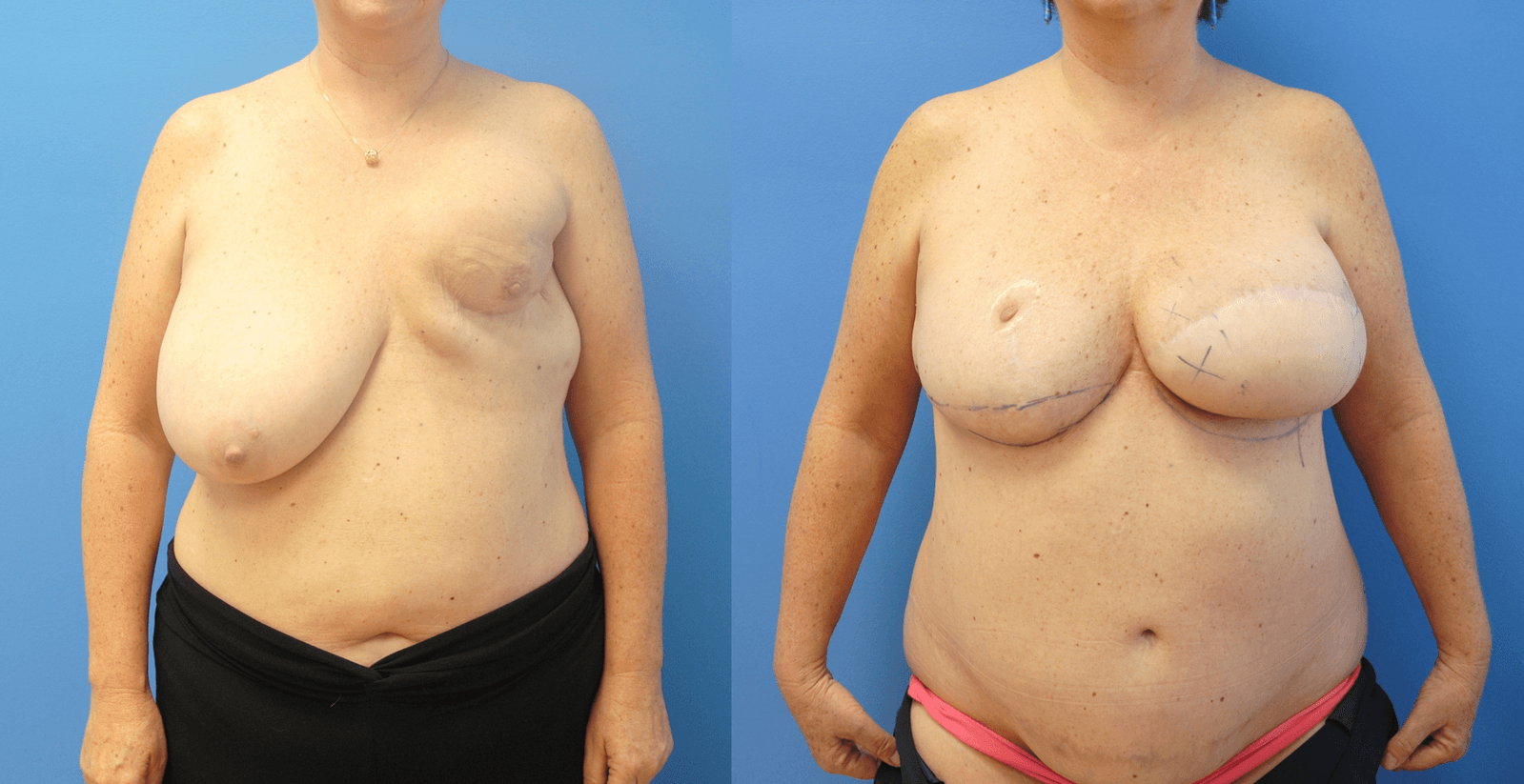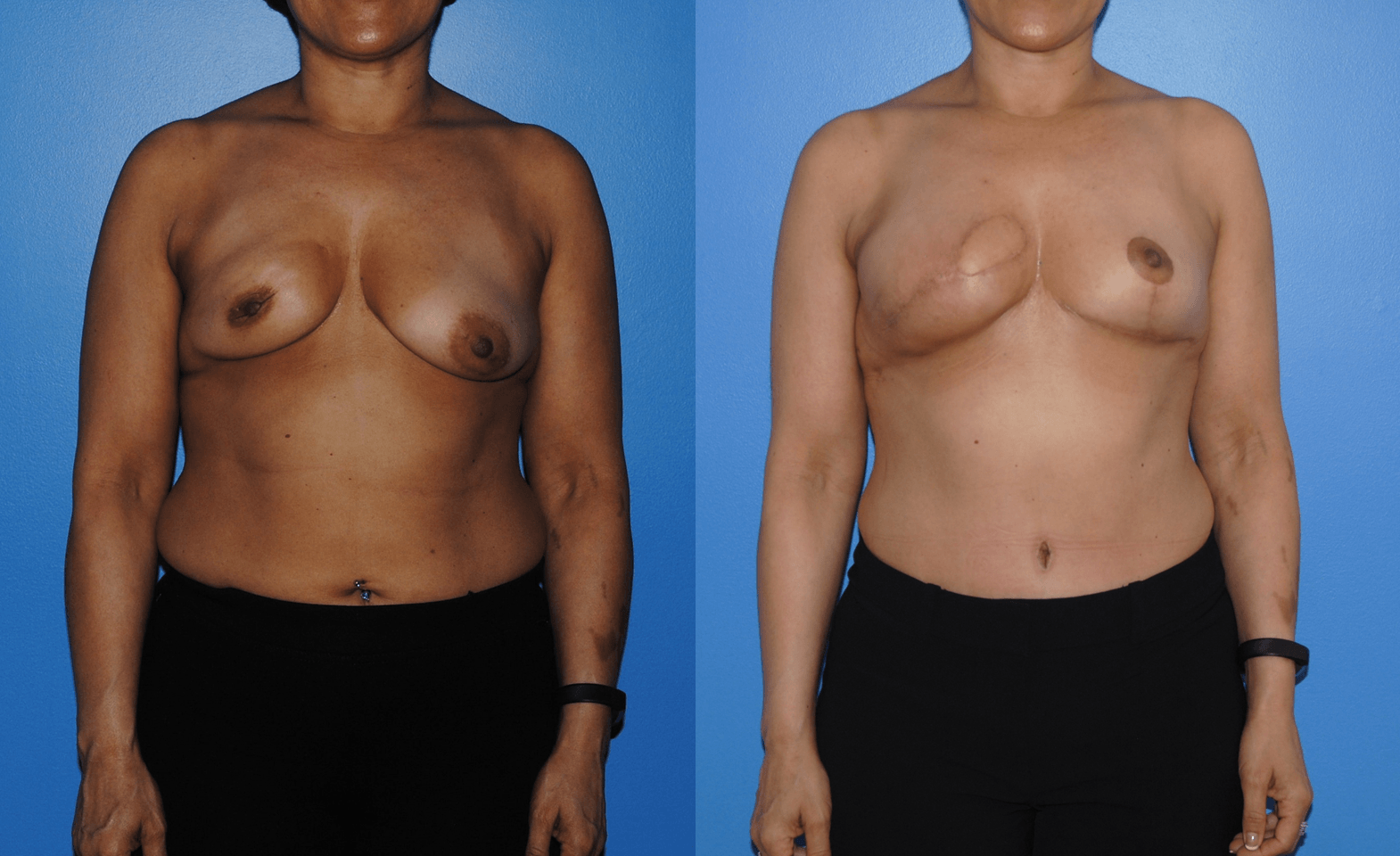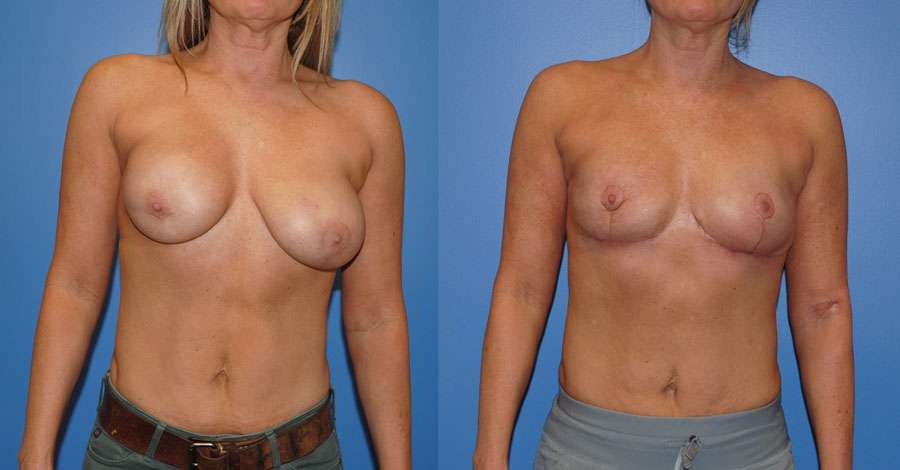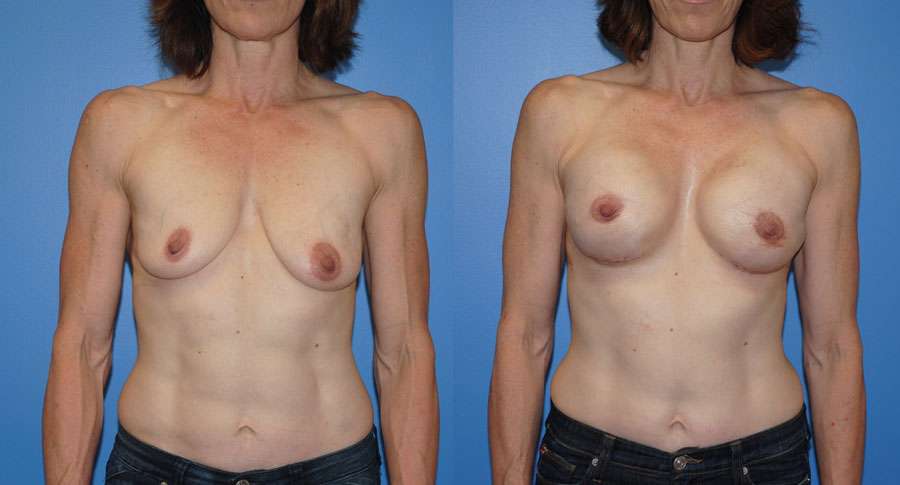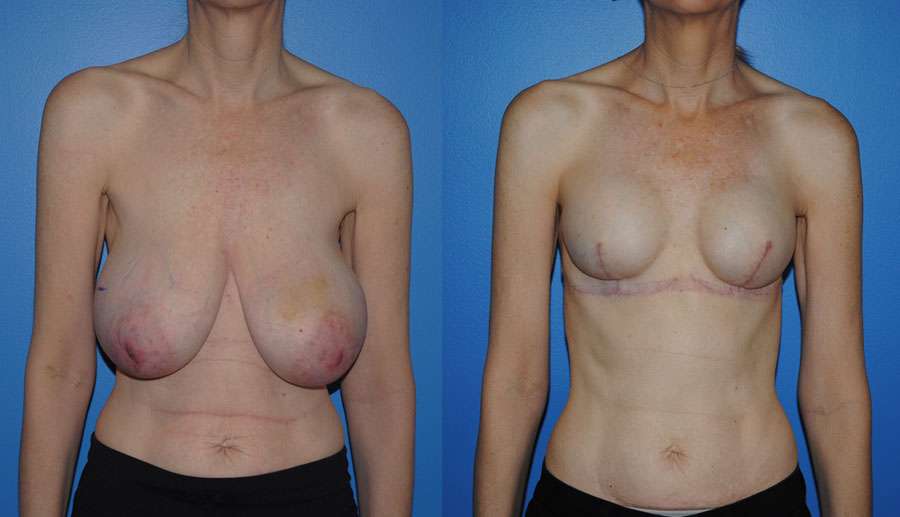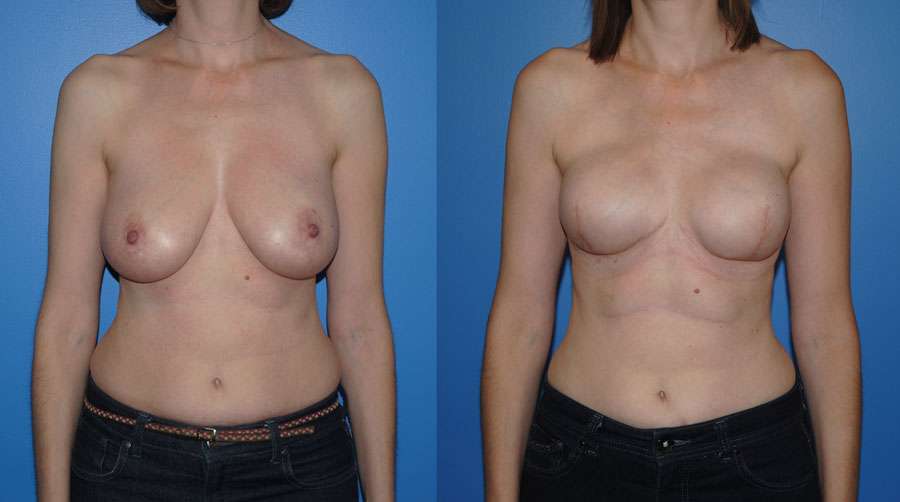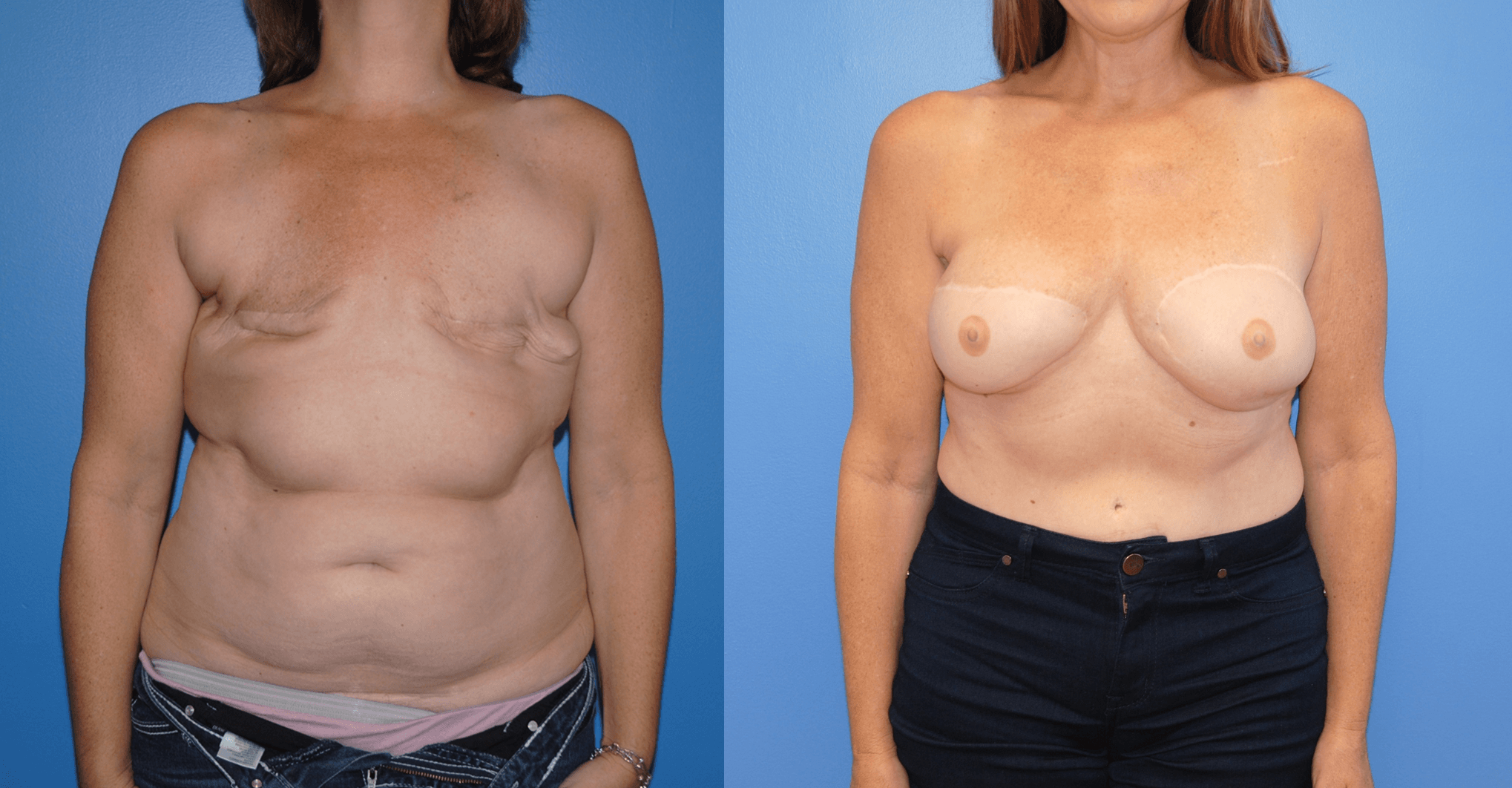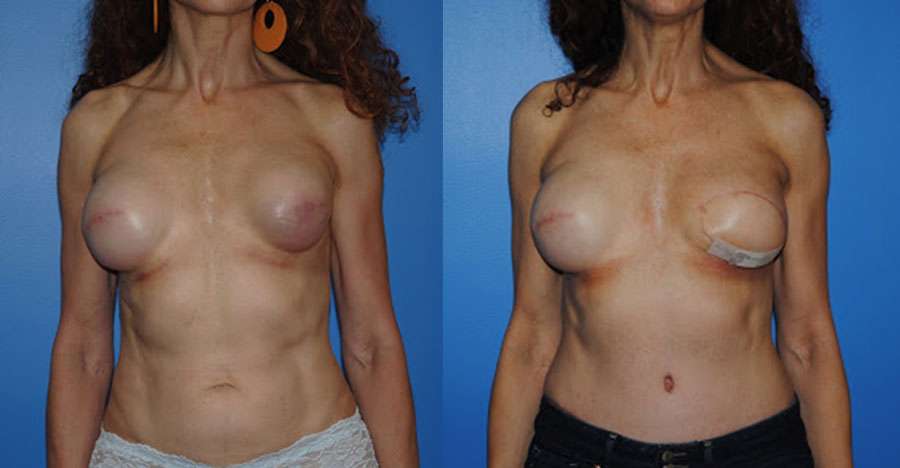Breast Reconstruction after mastectomy for breast cancer can be broken down into two main classifications: 1) Tissue Expander and Implant Reconstruction and 2) Autologous Tissue Reconstruction. In patients with larger breasts, the maximum size of a silicone gel mammary prosthesis is 800 cc. Often in mastectomy specimens weighing more than 800 grams, the implant is not sufficient to fill the…
